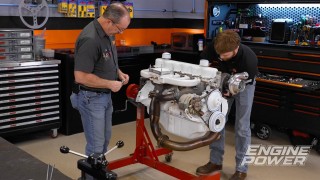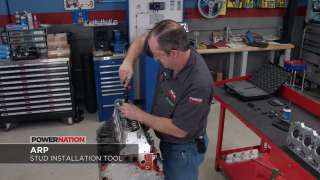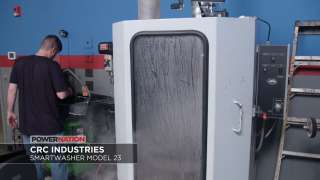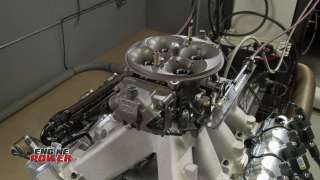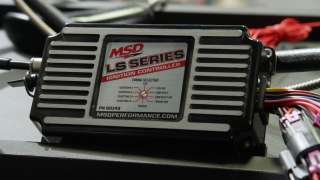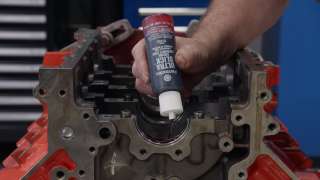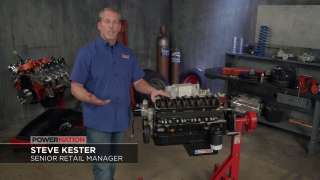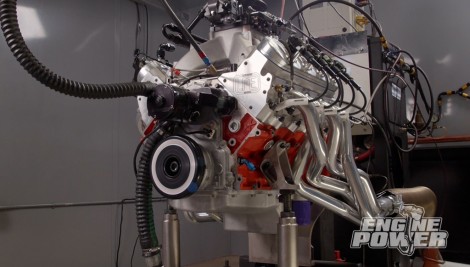
427 Cubic Inches of Naturally Aspirated HP for Javelin Trans Am Tribute Build
A 427 ci LSX engine goes naturally aspirated for an underappreciated muscle car.
Season 7
Episode 5
Hosts: Mike Galley, Pat Topolinski
First Air Date: March 4, 2020
Duration: 21 minutes 43 seconds









